![Audi Dynamic Turn Signal Coding [Case Audi Q7]: The Simple Mod That Changes Everything](https://autoexplain.com/wp-content/uploads/2025/05/audi-dynamic-turn-signal-coding.jpg)
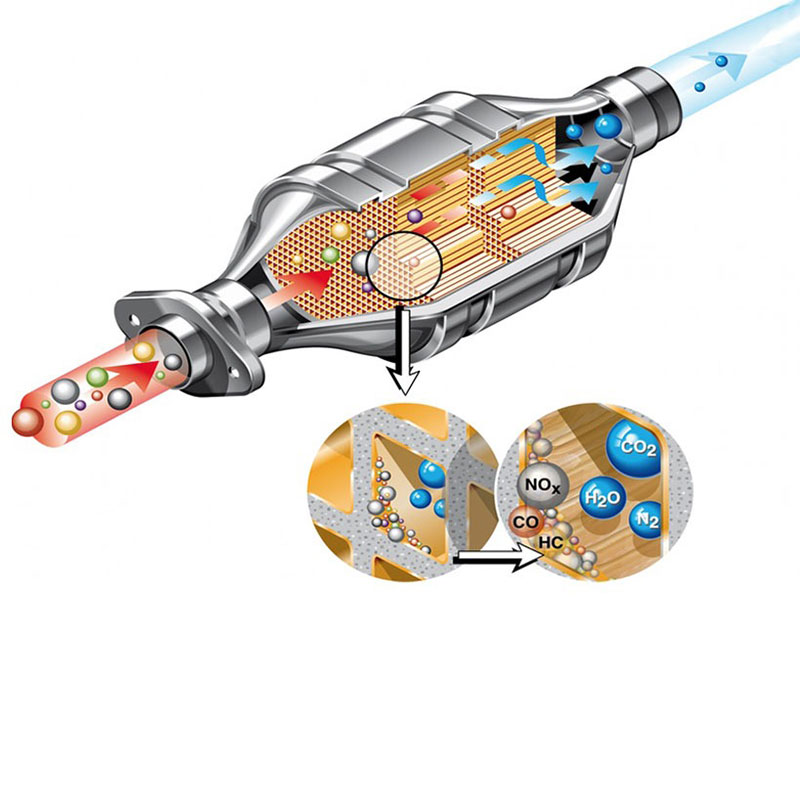
What Does a Catalytic Converter Do?
Contents
- The Role of a Catalytic Converter in Your Exhaust System
- How a Catalytic Converter Works
- What are the main components of a catalytic converter?
- Why is a Catalytic Converter Important?
- Common Catalytic Converter Problems
- How can I tell if my catalytic converter is bad?
- Maintaining Your Catalytic Converter: Tips and Tricks
- Conclusion
- FAQ
A catalytic converter is a crucial part of your vehicle’s exhaust system. Its main function is to reduce harmful emissions. But how does it achieve this, and why is it so important? This article delves into the inner workings of the catalytic converter, explaining its function, common problems, and maintenance. Let’s dive in and explore this essential component that contributes to cleaner air and a healthier environment.
The Role of a Catalytic Converter in Your Exhaust System
The catalytic converter is essentially a chemical reactor. It converts harmful pollutants in your engine’s exhaust into less harmful substances before they are released into the atmosphere. This process is critical for environmental protection and meeting emission standards. Think of it as a gatekeeper, ensuring that your car’s exhaust is significantly cleaner.
How a Catalytic Converter Works
The inside of a catalytic converter is coated with precious metals like platinum, palladium, and rhodium. These metals act as catalysts, speeding up chemical reactions without being consumed themselves. When hot exhaust gases pass over these catalysts, they facilitate the conversion of harmful pollutants into less harmful substances. For instance, nitrogen oxides (NOx), a major component of smog, are converted into nitrogen and oxygen. Hydrocarbons, another pollutant, are transformed into carbon dioxide and water. Carbon monoxide (CO), a poisonous gas, is converted into carbon dioxide.
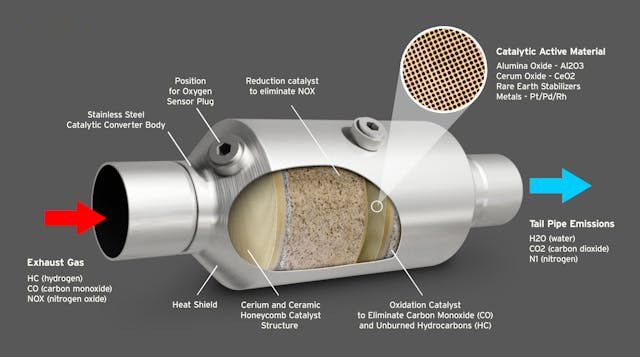
What are the main components of a catalytic converter?
The main components are the catalyst substrate (often a honeycomb structure to maximize surface area), the washcoat (containing the precious metals), and the canister housing.
Why is a Catalytic Converter Important?
- Environmental Protection: Catalytic converters significantly reduce air pollution by transforming harmful pollutants into less harmful ones. This helps in maintaining air quality and protecting the environment.
- Meeting Emission Standards: Catalytic converters are crucial in helping vehicles meet stringent emission regulations set by governments worldwide.
- Public Health: By reducing harmful pollutants in the air, catalytic converters contribute to better public health, especially in urban areas with high traffic density.
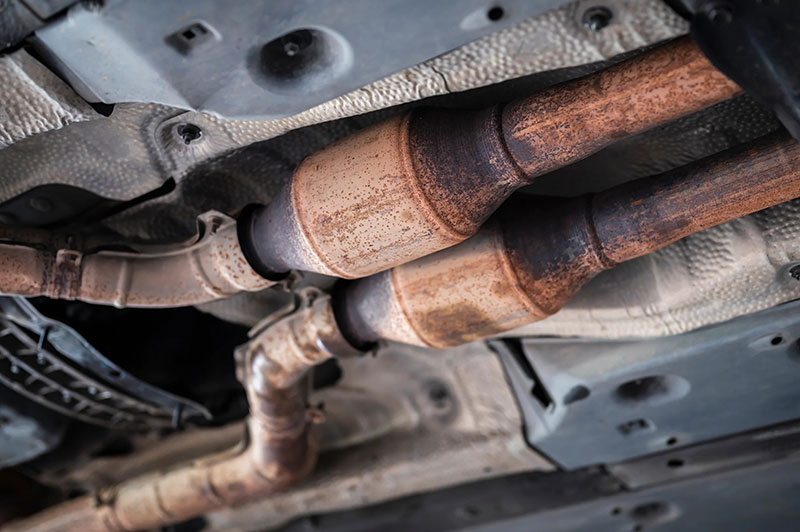
Common Catalytic Converter Problems
- Catalytic Converter Clogging: Over time, the honeycomb structure inside the catalytic converter can become clogged with soot and other debris, reducing its efficiency. This can lead to decreased engine performance and failed emission tests. Regular maintenance is essential.
- Catalytic Converter Failure: Physical damage, overheating, or contamination from engine problems can lead to catalytic converter failure. This often necessitates a costly replacement.
- Catalytic Converter Theft: Due to the precious metals inside, catalytic converters are unfortunately a target for theft. Taking preventative measures can protect your vehicle.
How can I tell if my catalytic converter is bad?
Symptoms of a failing catalytic converter include a rotten egg smell, reduced engine performance, rattling noises from under the vehicle, and a check engine light.
Maintaining Your Catalytic Converter: Tips and Tricks
- Regular Engine Maintenance: Keeping your engine running smoothly is the best way to prevent catalytic converter problems. Regular oil changes and tune-ups can go a long way.
- Avoid Fuel Additives: Some fuel additives can damage the catalytic converter. Stick to recommended fuels and avoid using unnecessary additives.
- Watch Out for Warning Signs: Pay attention to any unusual smells, noises, or performance issues and have them checked by a mechanic promptly.
Expert Insight from Dr. Emily Carter, Automotive Engineer: “Preventative maintenance is key to ensuring the longevity of your catalytic converter. Regular checks can save you money and hassle in the long run.”
=> You may also like:
- Audi exhaust system
- Mercedes Benz exhaust system
- Ford Bronco exhaust system
- Ford Maverick exhaust system
Conclusion
The catalytic converter plays a vital role in reducing harmful emissions from your vehicle. By understanding what a catalytic converter does and how to maintain it, you contribute to a cleaner environment and ensure the optimal performance of your vehicle. Regular maintenance and addressing any issues promptly can save you from costly repairs down the line.
Expert Insight from Mr. David Miller, Senior Mechanic: “A well-maintained catalytic converter can last for the lifetime of your vehicle. Don’t neglect this important component!”
FAQ
- What Does A Catalytic Converter Do? It converts harmful exhaust gases into less harmful substances.
- How long does a catalytic converter last? Typically, 100,000 miles or more with proper maintenance.
- Can I drive without a catalytic converter? It’s illegal in most places and will result in failed emissions tests.
- How much does a catalytic converter replacement cost? It can vary, but it can be quite expensive due to the precious metals inside.
- What causes a catalytic converter to fail? Common causes include physical damage, overheating, and engine problems.
- How can I prevent catalytic converter theft? Security measures like parking in well-lit areas and installing anti-theft devices can help.
- What are the signs of a clogged catalytic converter? Reduced engine performance, rattling noises, and a sulfurous smell are common indicators.
For support, contact us via WhatsApp: (+84)967469410, email AutoExplain@gmail.com or visit us at 4590 Angus Road, New York, United States. Our customer service team is available 24/7.
![Audi Dynamic Turn Signal Coding [Case Audi Q7]: The Simple Mod That Changes Everything](https://autoexplain.com/wp-content/uploads/2025/05/audi-dynamic-turn-signal-coding.jpg)
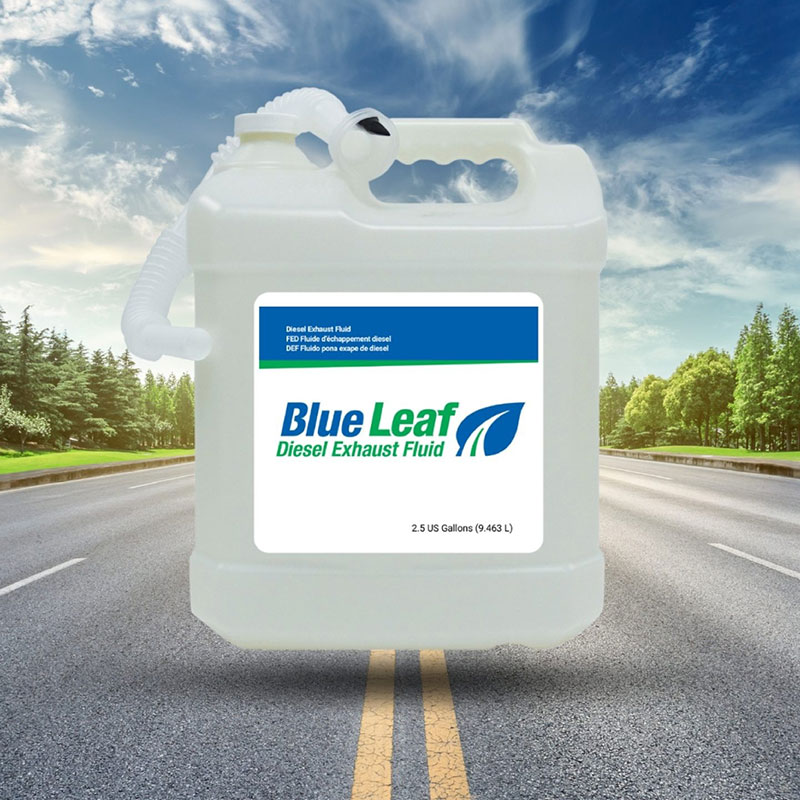
What is Diesel Exhaust Fluid (DEF)? Everything You Need to Know
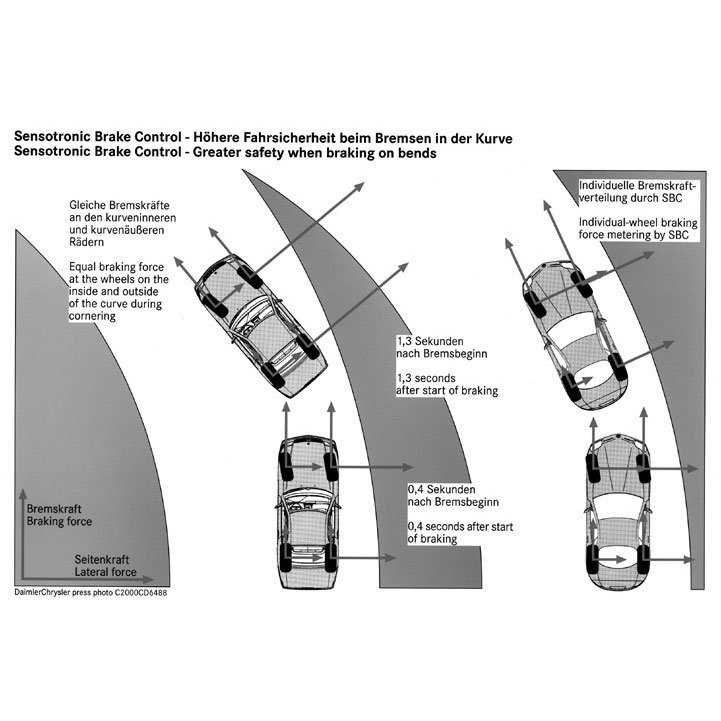
Understanding SBC Sensotronic Brake Control: How It Works and Why It Matters
What is Brake Assist System? A Comprehensive Guide

Milebah Bruno
Milebah Bruno is a seasoned automotive expert and technical writer at AutoExplain. With a background as an automotive technician, he brings hands-on experience and deep industry knowledge to his writing.



